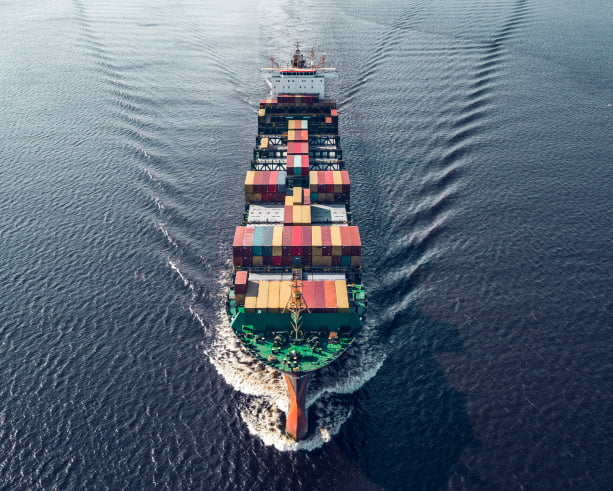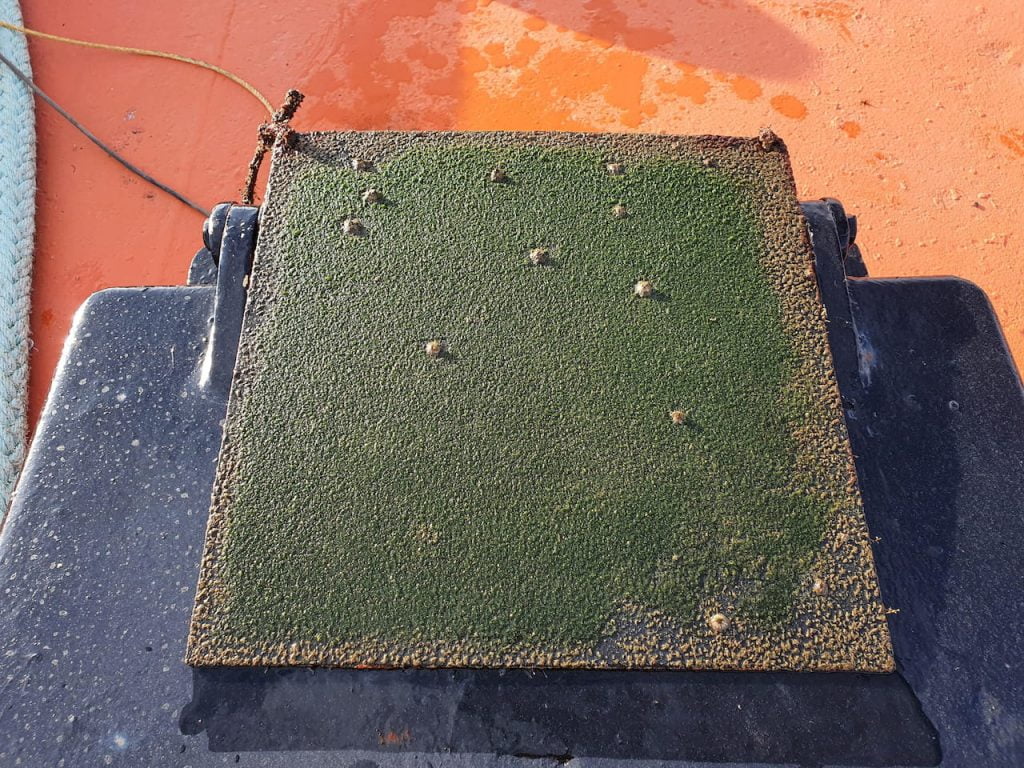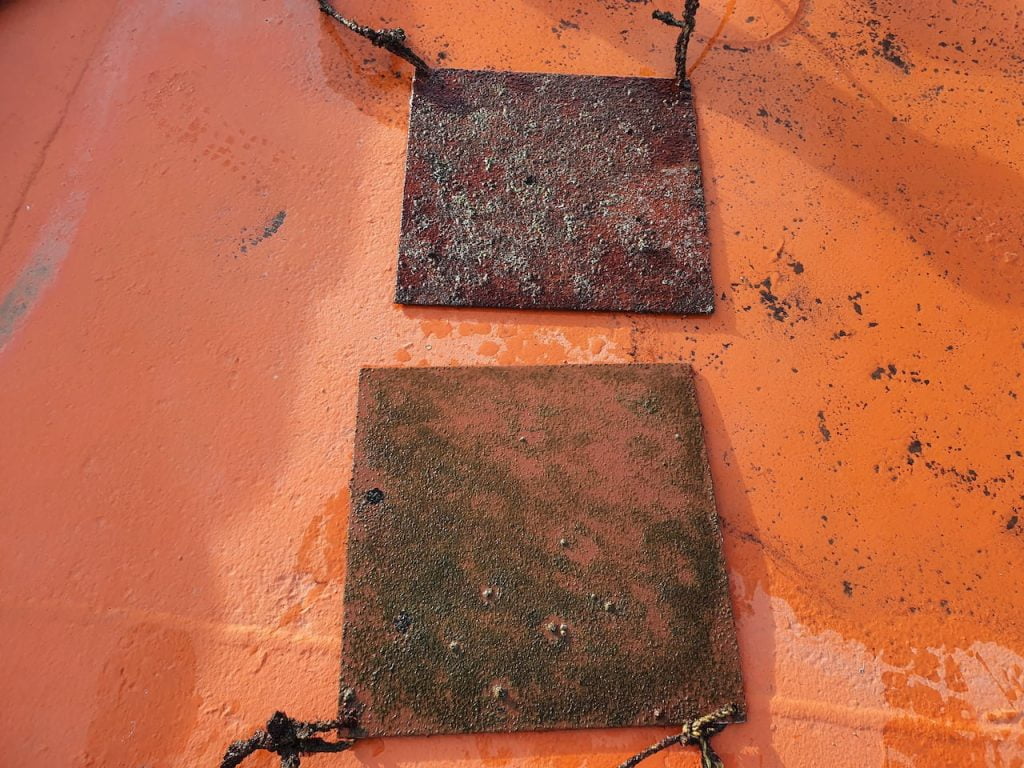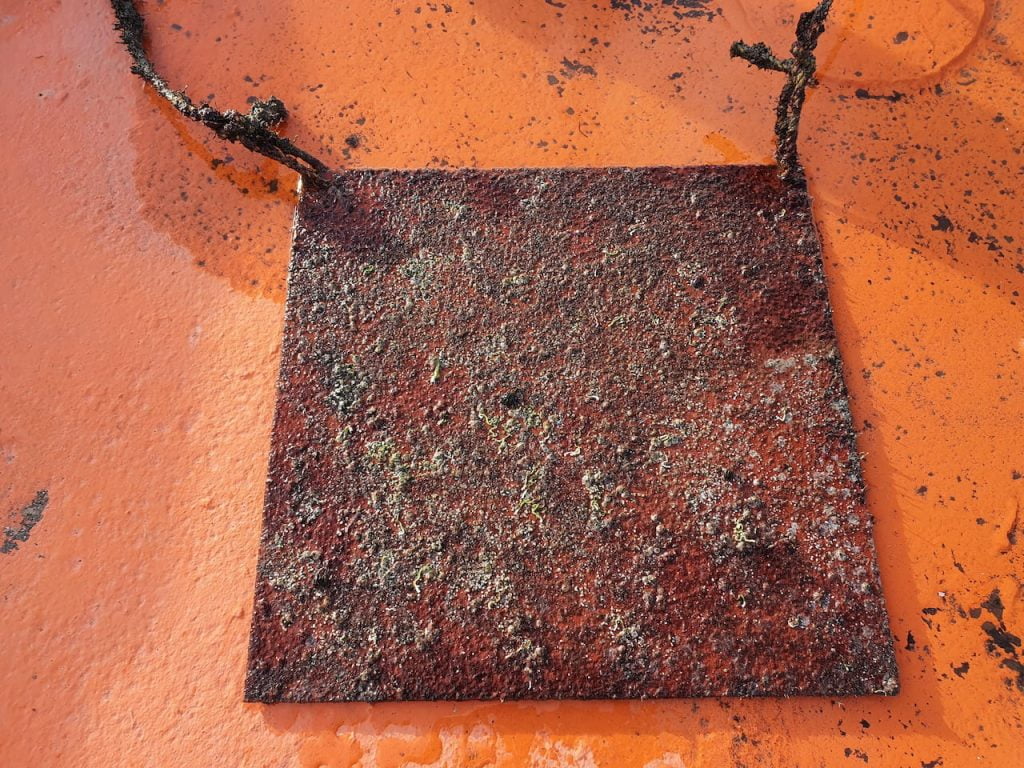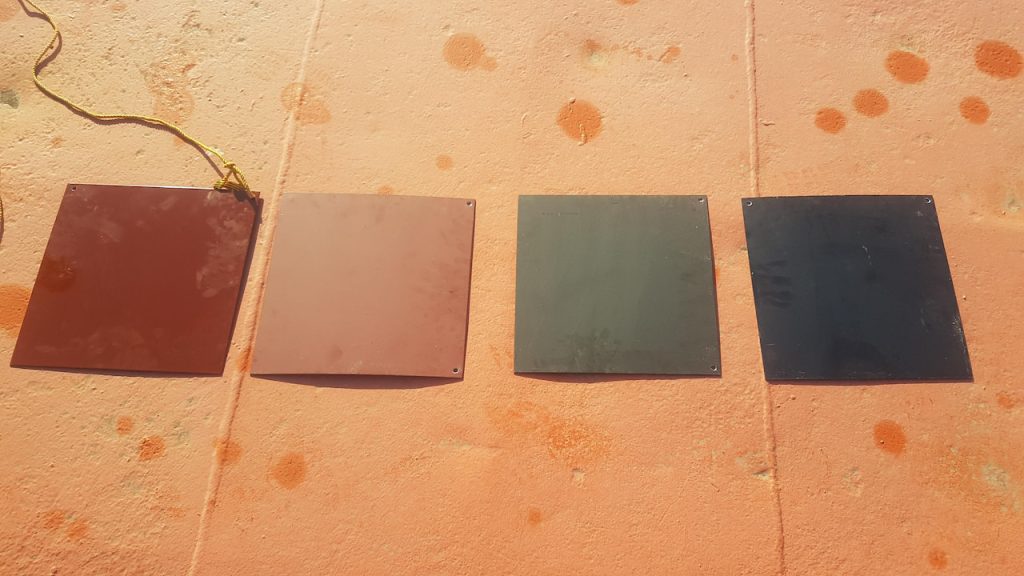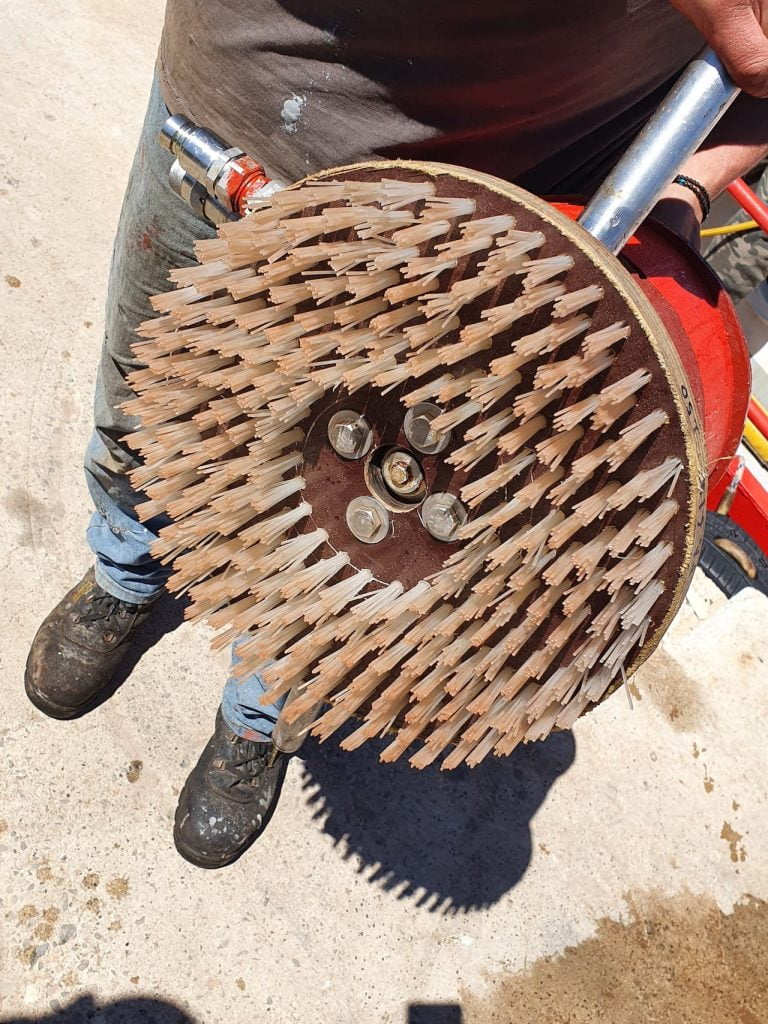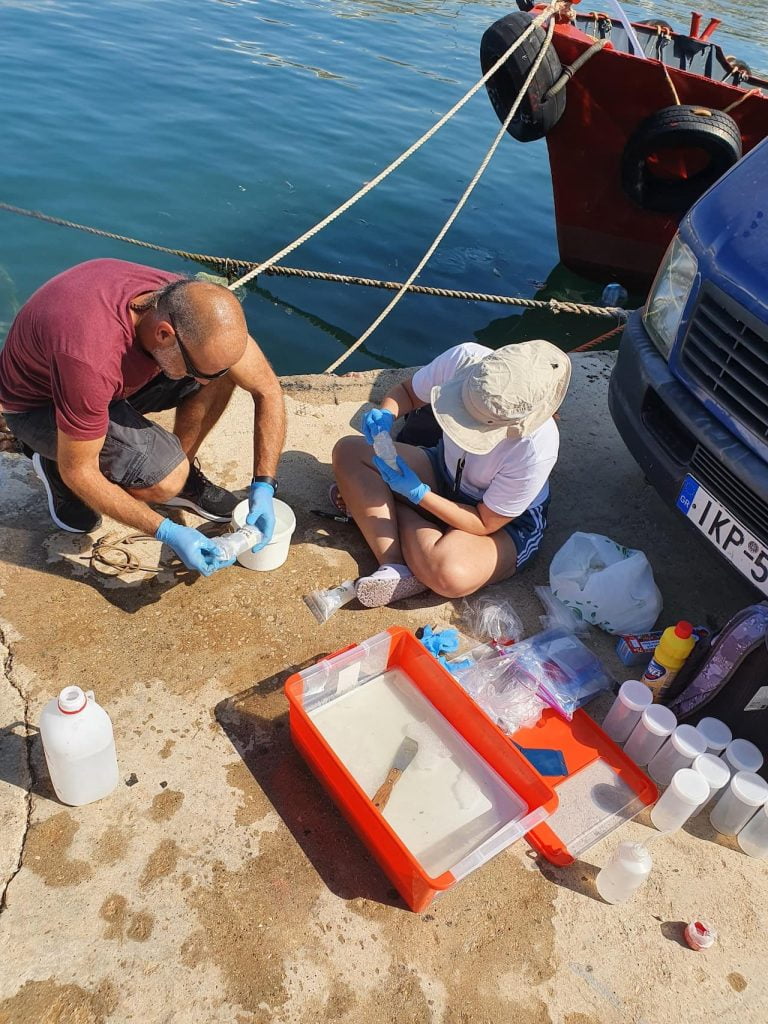Project description
Detailed information on the project in terms of its Physical Objectives and Impacts.
Grant Agreement No. ΒΑΡ2-0062023
Project coordinator Diving Status
Start Date 27 May 2021
End Date 15 July 2023
2 years Project
European Union
European Regional Development Fund
Development Program of North Aegean region
Blue Growth
Total Cost 200.000,00 euros
EU Funding 126.248,24 euros
01
Biofouling-Overview
he term biofouling refers to the establishment of marine benthic organisms that colonize submerged sea surfaces (Callow & Callow 2002). Biofouling is a major factor in increasing the costs of human activities in the marine environment. It is well known that any surface exposed to water is a potential habitat for organisms (plant and animal) living in it. Surfaces such as boat hulls, floats, fish farm cages, oil pipelines, cooling pipes of thermal power plants, offshore wind turbines, etc. are subject to colonisation by marine organisms. Bio-occupation causes the successive development of a complex community of organisms on surfaces immersed in water, and this is one of the most critical problems facing not only modern shipbuilding but also aquaculture, oil platforms and all man-made structures in the sea in general.
The problem of quantifying biofouling, and thus the possibility of using preventive applications, is intractable due to the existence of marine organisms that do not require specific physiological stimuli to settle on a surface and are thus the most geographically widespread and at the same time the most dangerous agents of biofouling.
02
Biofouling and anti-fouling coatings
Anti-fouling coatings are protective paints that are applied to the hulls of ships to prevent the development of biofouling. Various marine micro-organisms grow on the hulls of ships, resulting in corrosion of the ship’s surface and its hydrodynamic behaviour. This development of biofouling on ships causes unevenness and roughness of the surface of the outer plates, resulting in an increase in the ship’s resistance which can reduce the sailing speed by up to 40% in one year, thus increasing not only fuel consumption and maintenance costs but also the emission of carbon dioxide and other greenhouse gases. The use coating paints protects ships from corrosion and ensures safer and faster sailing.
Over time, however, the ship’s hull coatings lose their efficiency, either because they are eroded or because the ship has been at anchor for some time, resulting in biocoating developing again on their wetted surfaces. The solution to this is the underwater cleaning of ship hull with a rotating brush cleaning system. The ship does not have to lose its charter and visit a shipyard, but can be cleaned underwater in a few hours in the port where it is anchored. After cleaning the hull, its surface roughness and resistance is reduced, which means that it consumes less fuel and at the same time reduces the emission of carbon dioxide and other greenhouse gases.
03
Risks and environmental impact
Despite the advantages of underwater cleaning of ship hull, the risk of inherent in this practice is that if the wrong type of brush is used, it causes irreparable damage to the ship’s reef coatings, resulting in a much faster development of biofouling.In this case the environmental impact is increased as not only fuel consumption but also the emission of carbon dioxide and other greenhouse gases increases. At present, there is no certified range of brushes for underwater cleaning of ship hull worldwide.

04
Project goals
The aim of the project is the research on the categorization and manufacture of ship hull cleaning brushes based on the type of biocoating and the type of hull paint of the ship. The aim is to carry out the most effective underwater cleaning of ship hull with the least impact on the existing hull coating, thus contributing to the protection of the marine ecosystem and improving the environmental footprint of ships.
The project will include the following:
- Study of the benthic organisms adhering to the samples depending on the type of hull coating in different geographical areas.
- Design and manufacture of different test brush types for cleaning ship hull.
- Testing the effectiveness of the brushes depending on the type of biocoating and the type of hull dye. Study on the effects on the hull coating.
- Organisation of production for mass Production of a complete range of standard brushes for cleaning ship hull.
- Dissemination of results
05
The long and short term main benefits
The long and short term main benefits of ECO BRUSHES will be the following:
- Improve the overall environmental identity and footprint of ships.
- It saves the cost of ship fuel.
- It saves the cost of ship fuel.
